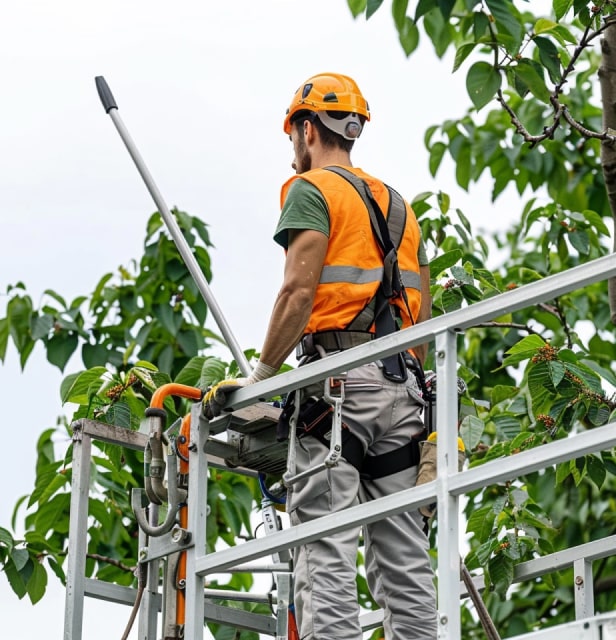
Tree Trimming and Pruning
DIY Guide for Tree Trimming
Proper trimming and pruning are essential for maintaining the health and appearance of your trees. To trim and prune effectively, you will need pruning shears, loppers, a pruning saw, a pole pruner, a ladder, and safety gear including gloves, goggles, and a helmet.
Begin by wearing your safety gear and ensuring your ladder is stable and secure. Assess the tree to determine which branches need trimming, focusing on dead, diseased, or crossing branches. Start by using pruning shears or a saw to remove any dead or diseased branches, making cuts close to the trunk without leaving stubs. Next, identify and remove branches that cross or rub against each other, choosing the weaker branch. Thin the canopy using loppers or a pole pruner to improve air circulation and sunlight penetration, removing branches that grow inward or downward.
Shape the tree by trimming to maintain its natural form, avoiding excessive cutting which can stress the tree. For larger branches, use a pruning saw and make an initial cut on the underside of the branch to prevent bark tearing, then cut from the top. After trimming, collect and dispose of the branches and leaves. Avoid trimming near power lines or using heavy equipment, and if the job seems too large or complex, consult a professional arborist.


How We Perform Tree Trimming & Pruning

Enhance Your Landscape with Expert Tree Trimming & Pruning
0303001033When to Schedule Tree Trimming & Pruning
Overgrown Branches and Dense Canopy
Low-Hanging or Obstructive Branches
Dead, Damaged, or Diseased Branches
Irregular or Unbalanced Tree Shape
Seasonal Considerations
